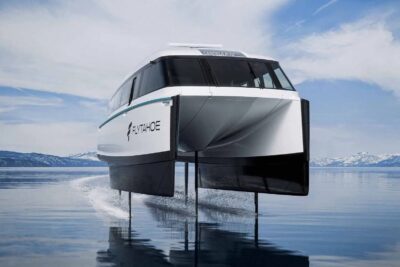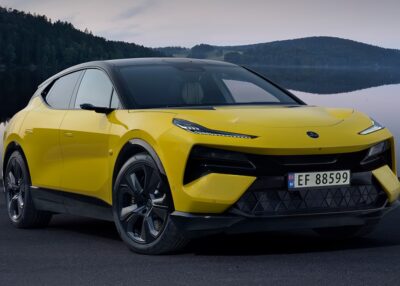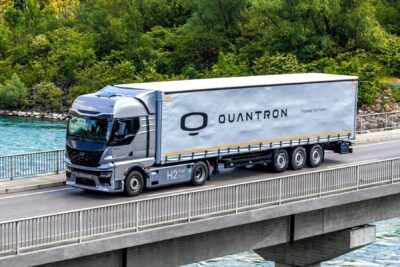US Army to decarbonise non-tactical fleet by 2035
The US Army has unveiled a comprehensive climate strategy that includes building an electric vehicle fleet over the next few years. By 2027, the armed forces aim to decarbonise all non-tactical light vehicles before moving into more tactical terrain.
By 2035, all non-tactical vehicles (NTVs) will be purely electric. The NTV fleet comprises sedans, station wagons, SUVs, pickups, trucks, vans and buses. Therefore, the military will replace fossil-fuelled cars with electric cars and, by 2035, begin to decarbonise heavier trucks and buses. New policies like Army Materiel Command’s (AMC) from September 2021 in fact already mandate that all new vehicle leases and purchases for AMC missions must select all-electric NTVs first, while hybrids should only be purchased when electric solutions are not commercially available, and conventional gas vehicles by exception only.
During this transition, when it comes to tactical vehicles the US Army will deploy hybrid vehicles. The US Army says that in the past three years, 3,000 hybrid cars have already been procured.
By 2035 the Army intends to replace hybrid tactical vehicles with fully electric tactical vehicles coming into use by 2050. These vehicles will be purpose-built for Army service.
Consequently, the Army is investing in charging infrastructure, with more than 400 charging stations planned for 2022 alone. By 2035, every Army installation is also to have a microgrid, and by 2040, they want to achieve on-site carbon-free power generation for critical missions on all facilities. There are over 130 Army bases around the world. Over time, the said charging capability will also be build-up to adapt to tactical use. The Army has said they are exploring partnerships with the Air Force and the Navy to create a charging network on all installations jointly.
Overall, the climate strategy is to help the military confront the growing global threat of climate change and enhance safety for soldiers who are already feeling the effects of our warming globe.
“The effects of climate change have taken a toll on supply chains, damaged our infrastructure and increased risks to Army Soldiers and families due to natural disasters and extreme weather,” said Christine Wormuth, Secretary of the Army. “The Army must adapt across our entire enterprise and purposefully pursue greenhouse gas mitigation strategies to reduce climate risks.”
Of course, the Army is a huge polluter and one of the oil industry’s most beloved clients. According to UN data, if ranked against nations, the US military would be 47th in global carbon emissions, ahead of hundreds of countries in terms of total emissions.
Here, fleet electrification is part of the Army’s plan to reduce emissions across the board. The target is to reduce emissions to 50% of 2005 levels by 2032. After that, net-zero emissions are envisioned by 2050.
army.mil (Army Climate Strategy, pdf), electrek.co





0 Comments